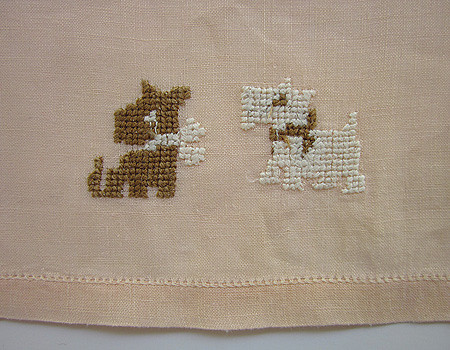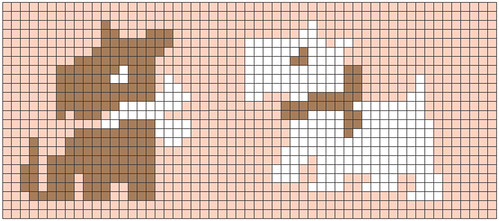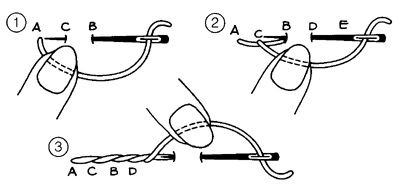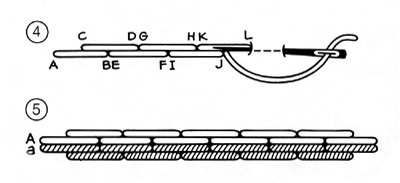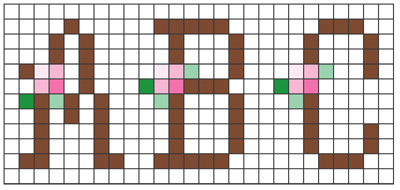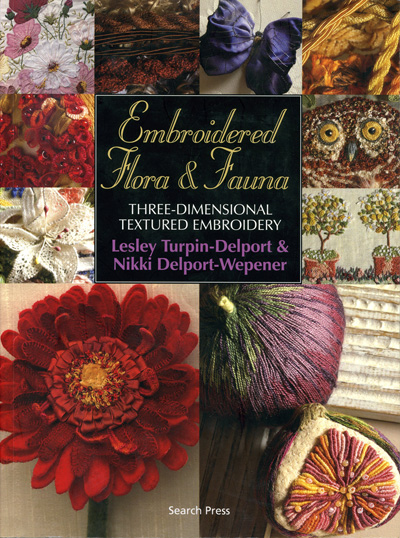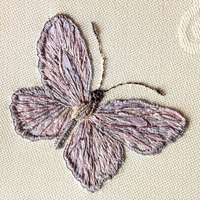Dear readers who attempt to leave comments about my blog linking to your embroidery digitizing business, you've totally missed the point. This blog is about hand embroidery, the old-fashioned kind. It's not done by machine, it isn't fast, it isn't perfect. And that's exactly how we like it. Years ago I switched to reviewing all comments before they post and this is exactly why. I will mark comments that link to businesses as spam every time. My blog, my rules.
Video Tutorial: Beaded Cable Chain Stitch
22 hours ago








